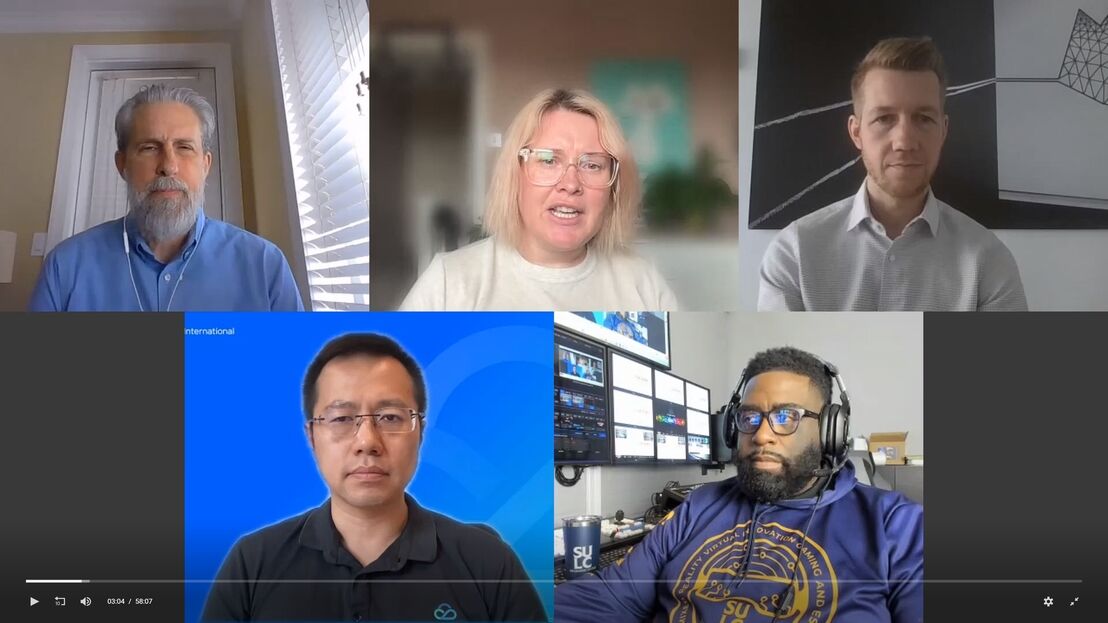Now available on-demand, IBC365’s latest webinar explores the most recent collision between gaming and television, and how advances in CTV, streaming and VR pave the way for new forms of media consumption.
You are not signed in
Only registered users can read the rest of this article.
Broadcast AV design brings Blockchain show to life
Tasked with running two simultaneous live broadcasts from the Blockchain Life trade show in Dubai, Oasis Studio looked to create a flexible, redundant production workflow, offering a timely showcase of broadcast AV systems in action.

Poacher turned gamekeeper: Netflix rules, for now
Netflix raids Hollywood to land a giant of old media, but having offered billions over the odds for ageing IP, would a smarter play have involved the creator economy?

Truth in the age of deepfakes: Building trust in the human-machine era
As deepfakes become prevalent throughout the media industry, experts at the BBC, Guardian, and ITN wrestle with the implications of today’s unprecedented levels of disinformation and distrust.

Rory Peck Awards: Truth has never needed its defenders more
This year’s Rory Peck Awards was an affirmation that press freedom is in severe danger, that it has become a vicious fight to sustain that facts matter. George Jarrett reports.

Camerimage: “The time to be afraid of AI was two years ago”
The festival of cinematography remains political with the rise of AI and gender equality bubbling beneath the surface.



